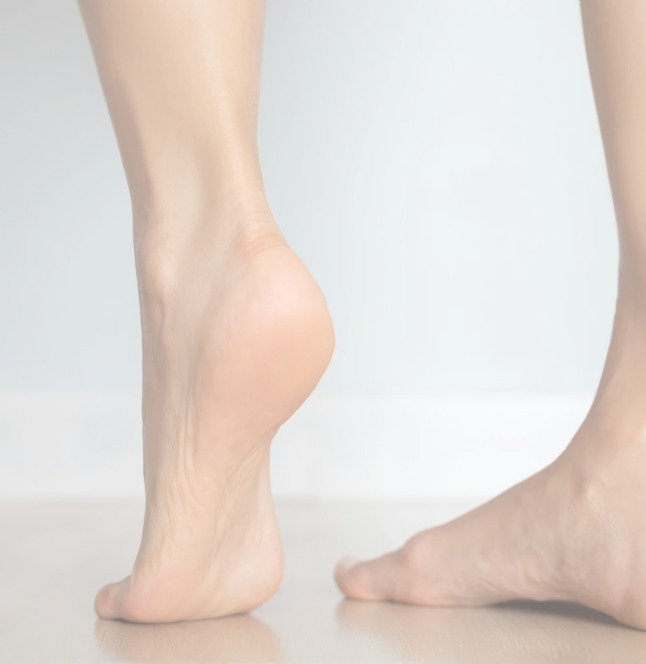Pinch Punch! I’ve only gone gotten a pinch callosity
Do you have calluses somewhere in your foot? Did you know that they are one of the most common types of calluses usually seen in athletes?
A pinch callus or tyloma forms along the ridge of skin that is pinched. The origin word for Tyloma is Greek, derived from the word “tyloma” (τύλωμα), which means “callus” or “thickened skin”. An example of this is on the inner side or under side of the big toe joint. It commonly exists as a result of a big toe functional deformity called hallux limitus, which is characterised by a stiff big toe joint. Or it can also be that hard skin ridge that runs up the base of your painful small toe/fifth toe. Sometimes, they will also become very hard, bleed, crack, painful, infected, blister, or form fissures.
In a toe, proper footwear is a big factor to consider. When you wear your shoes, your baby toe is forced inwards and is now the lowest point of your foot. From the name itself, it’s created when your skin is squeezed. Every step grinds as well as pinches that thin ridge at the end. A yellow crest is visible atop in a pointed taper, and as time goes by it takes on a life of its own.
However, big toe pinch callus is the rough yellow skin that forms on your inner big toe. This lump of pinch callus on your big toe means your joint is jammed up. Instead of moving forward – like a slinky downstairs – your big toe twists off to the side.
What causes pinch callus?
- Pinch callus on your toes is the result of too much friction
- Pinky toe pinch callus stems from little toes that underride
- Pinch callus on your big toe is from a jammed-up joint
- Taper-tight shoes is also a contributory factor
Treatment options for pinch callous
- Trimming the skin
- Use Urea cream
- Padding
- Changing shoes
- Wearing shoe inserts
- Cortisone injection (if all else failed)
The key to treating callus is to lessen the thickness of the skin and this can be done with exfoliating creams or manual debridement or thinning of the skin. You can also prevent calluses and corns by removing the cause of the friction or pressure. In addition, wear good-fitting shoes to avoid getting calluses. Severe calluses may hurt, become infected, harm healthy tissue, or may also affect your ability to walk.
Are you suffering from this condition? At The Chelsea Clinic, we can help. One of our podiatrist can assist and then recommend what treatments are best to get you back on track.  Podiatrist South Kensington
Podiatrist South Kensington
Schedule an appointment here or you may call us at +44 (0) 207 101 4000. 
We hope you have a feetastic day! 

-The Chelsea Clinic and Team


 Podiatrist South Kensington
Podiatrist South Kensington




